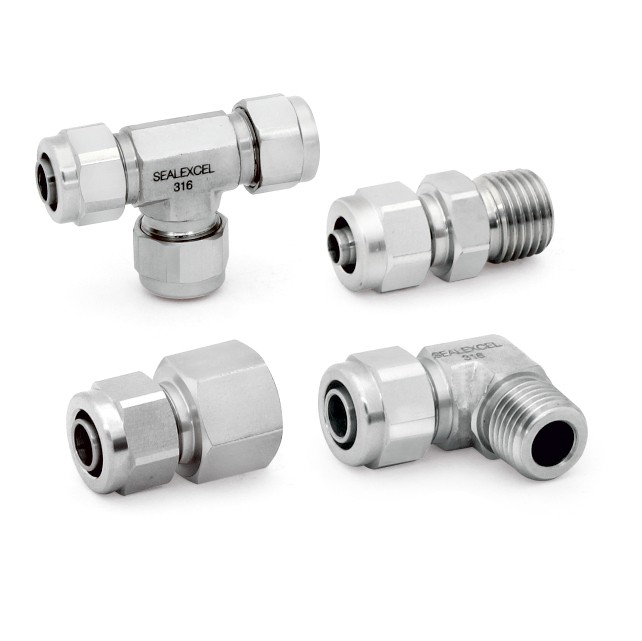How to ensure the most satisfying fitting for your machinery
December 8, 2016How to Find the Best Tube Fittings Suppliers?
March 19, 2020Various industries make use of compression and instrumentation tube fittings.
Most applications depend on the effective, leak-free performance of these tubings and fittings.
Performance and efficiency depends on accurate selection, handling and installation of each component, including tubing. This will ensure construction of a reliable system.
As tube fitting suppliers, we recommend choosing high quality tubing, made of strong and durable materials. When selecting tubing for your application, also consider its hardness, thickness of wall and surface coating.
These factors will ensure that your selected tubing will be suitable for the application environment as well.
Tubing material
In order to choose the right material, consider the operating conditions such as temperature, pressure and media. The expected life of such tubings, cost and suitability for the environment must also be kept in mind.
For most industries, you should choose a corrosion resistant material. Primarily, copper, carbon steel and stainless steel tubings are used. The latter is one of the choice materials as the tubings will be highly corrosion resistant.
Tubing hardness
The tubing itself should be softer than the fitting materials. Specific tubing hardness, however, must be achieved for leak-free connections.
When it comes to stainless steel tubings, a variety of tubing hardness specifications work well under different conditions. All our tubings are tested for high performance and offer maximum advantage in terms of installation costs.
Installers should perform a 1-1/4 turn to ensure proper joints. This is especially true for harder tubings which have higher torque.
Tubing wall thickness
A wide range of wall thicknesses are available for these tubings. Suitability for a particular application is determined by their pressure ratings.
Usually, thickness varies from 0.028 inches to 0.109 inches. These wall thicknesses are preferred for tubes of up to 1 inch in size. Higher tube sizes may have increased wall thickness, ranging between 0.125 and 0.167 inches.
Tubing surface coating
A number of different surface coatings are available, depending on the requirements of an application.
For instance, metal tubings are often coated with corrosion-resistant coatings, particularly in an environment which is conducive to such reactions. Still, opting for stainless steel tube fittings is the best option.
At SealExcel, you will find a number of high-performance tube fittings. A few of them are listed below:
- Precision Pipe Fittings
- Fine-Lok Tube Fittings
- 37°Flare Tube Fittings (hydraulic)
- Bite-Lok Tube Fittings(hydraulic)
- SS Push in Fittings(pneumatic)
- Push-On-Fittings(pneumatic)
Call us today to order high performance components for your industrial systems.





